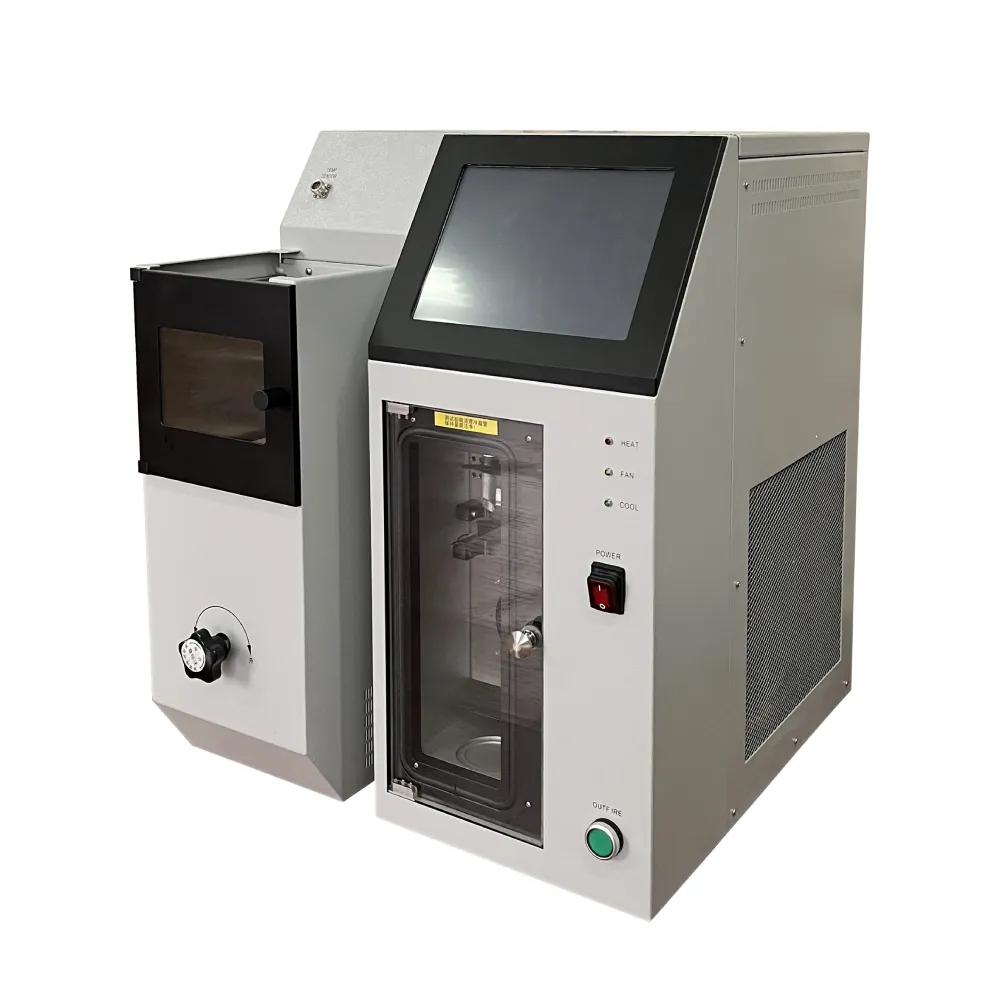 English
English


magnetizing current test
Magnetizing Current Test An Insight into Transformer Performance
The magnetizing current test is a crucial diagnostic procedure used primarily to evaluate the condition of transformers. This test assesses the transformer's ability to establish a magnetic field when an alternating current (AC) flows through its windings. Understanding the magnetizing current is essential for ensuring the reliability and efficiency of transformer operation, as it directly correlates to the performance and aging of the equipment.
Transformers rely on magnetic induction for their operation. When AC voltage is applied to the primary winding, it produces a magnetic field that induces a voltage in the secondary winding. However, before this process begins, a certain amount of current, known as the magnetizing current, is required to magnetize the core material. The magnitude of this current is influenced by various factors, including the type of core material, the design of the transformer, and the extent of saturation in the core.
During the magnetizing current test, the transformer is subjected to a low voltage AC supply. The input current is measured while varying the voltage across the windings. The relationship between the voltage and the current is plotted to create a hysteresis loop or magnetization curve. This curve is indicative of the transformer's magnetic characteristics, including residual magnetism, core losses, and saturation points. By analyzing the shape and size of the hysteresis loop, engineers can determine the efficiency of the transformer and identify potential issues.
magnetizing current test

One major advantage of the magnetizing current test is its ability to reveal core-related problems. For instance, if the magnetizing current is significantly higher than expected, it may indicate issues such as core damage or insulation degradation. In contrast, a lower than anticipated current could suggest a change in the magnetic properties of the core material, possibly due to aging or manufacturing defects. Prompt identification of such issues allows for timely maintenance or replacement, minimizing downtime and operational disruptions.
Furthermore, the magnetizing current test plays a vital role in the commissioning phase of a transformer. By establishing baseline magnetizing current values, engineers can create a reference for future comparisons. Regular testing can help in monitoring changes over time, thereby facilitating predictive maintenance strategies.
In conclusion, the magnetizing current test is an invaluable tool for enhancing transformer reliability and performance. By providing critical insights into the magnetic behavior of transformer cores, the test allows for early detection of potential failures, ensuring that transformers function efficiently and safely. As electrical grids and renewable energy sources continue to evolve, the significance of such diagnostic tests will only increase, supporting the transition to more resilient and sustainable power systems. Ensuring the integrity of transformers through comprehensive testing helps to secure uninterrupted power delivery in an ever-demanding energy landscape.
-
Differences between open cup flash point tester and closed cup flash point testerNewsOct.31,2024
-
The Reliable Load Tap ChangerNewsOct.23,2024
-
The Essential Guide to Hipot TestersNewsOct.23,2024
-
The Digital Insulation TesterNewsOct.23,2024
-
The Best Earth Loop Impedance Tester for SaleNewsOct.23,2024
-
Tan Delta Tester--The Essential Tool for Electrical Insulation TestingNewsOct.23,2024





